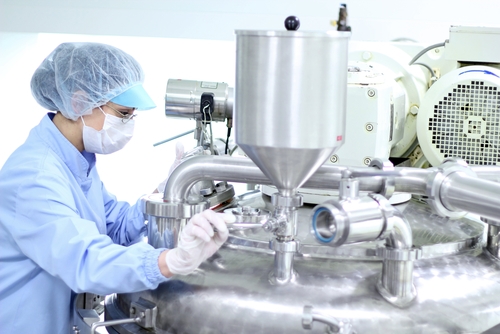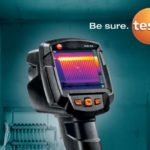When people across the globe go to the pharmacy to pick up needed prescriptions, they simply go in, pick up whatever needed medicines are ready and available for them, and then head home and begin taking their prescriptions as directed. Many individuals fail to give much thought to the production process – they don't tend to spend much time considering exactly what went into making the pills or mixtures they'll be ingesting for their health.
However, as anyone involved in the industry is aware, there is a lot that goes into this process, and multiple industries involved, from research and development to health science, to industrial engineering, to the actual medical field. Many people work together to make sure the end-user is safe and is able to use the product to pursue a healthier lifestyle.
A big part of this is making sure that, during the production process, creators and testers have the right equipment. One of the most important – and simplest – tools is the digital thermometer, and it plays a significant role. Although a number of producers may still rely on older, more traditional models, the era of the digital version is here.
Here's what you need to know about using a digital thermometer for best results during the pharmaceutical production process:
Surface thermometers
Surface thermometers can help ensure quality criteria in the pharmaceutical production process. You can invest in thermometers that have either permanent or connective probes to test the heating element or other surfaces, including those that are uneven, so as to ensure that all machinery is working.
For those with built-in probes, you place the head to the surface you want to test, and either view the digital readout immediately or see the results on your smartphone, depending on your model. For connectable probe models, you would affix the probes, which have a wide range of connections, to the surface. These tend to be good options for the pharmaceutical industry, as laboratory and cold storage temperatures and surfaces can vary greatly.
Air temperature thermometers
Air temperature thermometers are useful to test medicine sensitivity. Much like their surface counterparts, probes can be fixed or connectable.
Fixed probe thermometers are used by placing the thermometer in the space to be tested – and making sure nothing but air comes into contact with the probe. The instrument then displays the readout digitally or on a smartphone, and this tends to also be helpful for heating, cooling and ventilation purposes. On the other hand, connectable probe air thermometers tend to be able to show temperature differences in your digital readout, as you can connect probes to different areas of a room.
Penetration thermometers
Penetration thermometers are crucial for the pharmaceutical industry, as they measure the temperature of the actual product itself and are known for their accuracy. With that said, pierced products are considered damaged and can no longer be sold, so they would have to be measured in samples.
These thermometers make it possible to measure the temperature in liquids and viscoplastic substances. The probe tip is also designed for insertion. Immersion thermometers from Testo are ideal for applications in laboratories, catering, industry or heating technology. Testo offers special models for measuring the temperature in aggressive media such as acids and bases.
Digital thermometers
Digital thermometers in general share a number of traits that make them the best option during the pharmaceutical production process. They log (and save) historical data so producers can see the temperature over every point of the process and pinpoint where issues have occurred. They are also known for their accuracy. Temperature technology has advanced to a point where digital is known to be exceptional over all older options. It can record even the slightest and most sensitive changes.
And no matter the product or surface being tested for temperature, thermometers can be used over and over. They're also very simple and easy to read, requiring no training or extra knowledge. This means that production line managers do not have to spend any additional time or resources training employees. Readouts can often be seen on the tools themselves, but can sometimes be commuted to smartphone (or another device) apps, where more details can be viewed as well.
For more information about pharmaceutical production and the tools that can help make the production process more effective, safer and easier, don't hesitate to contact Testo Australia's team today.









 Reduce cooking oil costs while ensuring quality
Reduce cooking oil costs while ensuring quality Expert knowledge on CO2 monitoring
Expert knowledge on CO2 monitoring Refrigeration knowledge - in 3 modules
Refrigeration knowledge - in 3 modules



